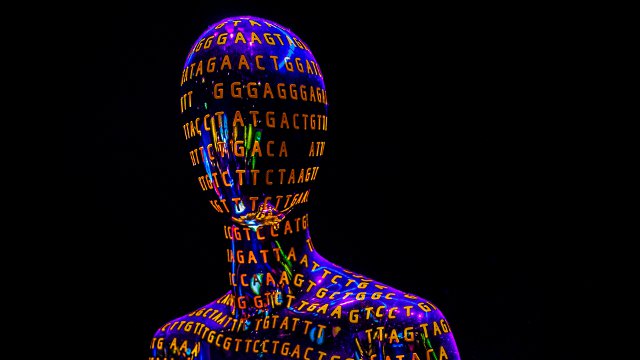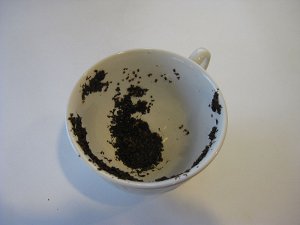
For a while now, we have been told that soon we will be able to learn a whole lot about our health risks from studying our complete DNA sequence. Our future health will be read by scientists in the tea leaves that are DNA.
A new study out of Stanford University in the Journal of the American Medical Association (JAMA) shows just how far we are from that brave new world. For around $15,000 or so per patient, these researchers managed to only get a partial read of key health genes and to only catch around half of a certain class of DNA differences in twelve patients. Not only that, but they also struggled to understand what many parts of these DNA reads meant. We are not yet at a point where we can cheaply and easily get and interpret the complete set of instructions for a single person.
Still, it isn’t all doom and gloom. You may not be able to learn everything from your DNA but as one patient in the study found, you can still find things that just might save your life. This kind of thing may make even an imperfect test worth the cost; it certainly was for this one patient.
Found Gene
In the study, 12 people had their whole genome sequenced. This means that the scientists tried to get a read on all six billion or so of each person’s A, G, C and T nucleobases in their DNA. For one of the 12 patients, things went as everyone thinks these sorts of things eventually will.
The researchers discovered that this woman had a difference in one copy of her BRCA1 gene; that meant she almost certainly had a very high chance of getting breast and/or ovarian cancer later in life. With this knowledge, she took steps to lessen her risk. She had her ovaries removed and will undergo much more frequent mammograms to catch any breast cancer early. This testing may have saved her from an early death from cancer.
